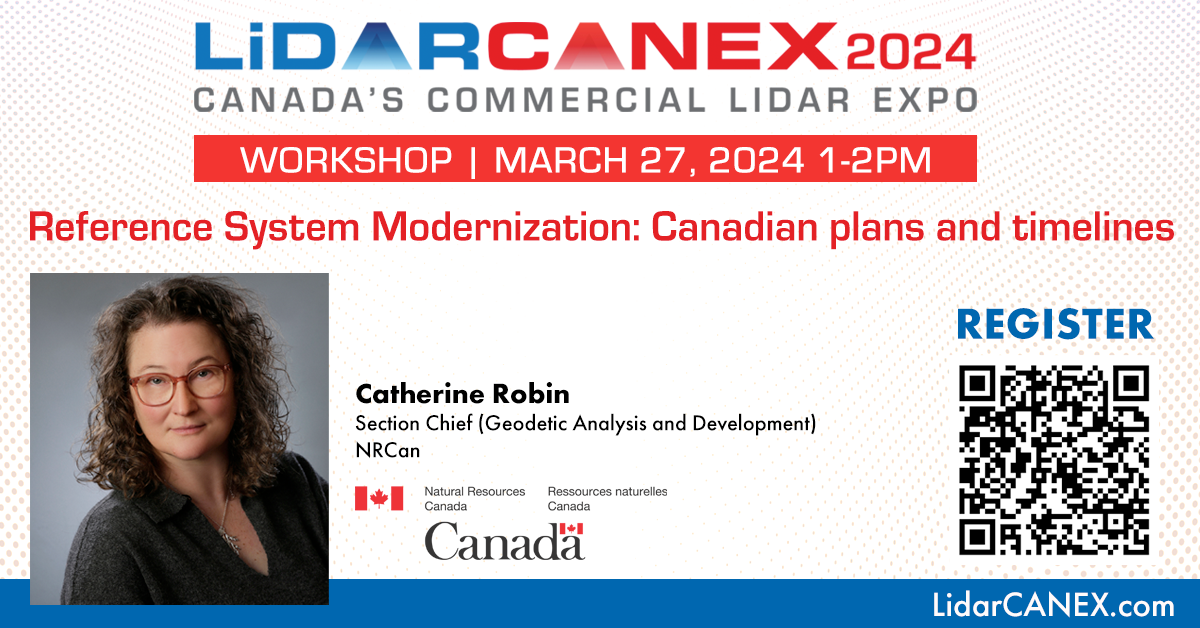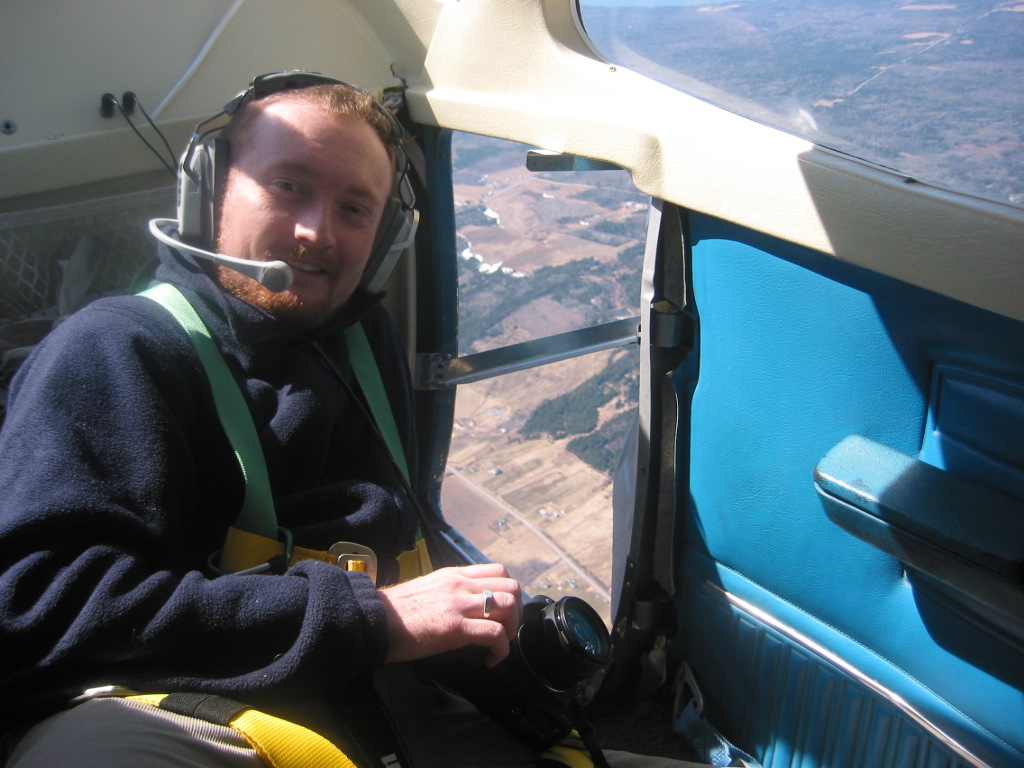
Significant changes are on the horizon for geomatics professionals in Canada. Everyone involved in the fields of geomatics and its subdomains needs to take notice. Being a professional in our field means staying informed about the fundamental changes occurring in how we work with coordinate systems and datums.
An important online event is coming up, hosted by The Surveyor General Branch (SGB) of Natural Resources Canada in collaboration with GoGeomatics Canada. As the federal authority in geomatics leadership, the SGB plays a key role in advancing our field.
The upcoming modernization of the Canadian Spatial Reference System (CSRS) represents more than just an update; it is a landmark shift that will redefine our work for decades. With the United States’ National Geodetic Survey (NGS) planning to modernize the National Spatial Reference System (NSRS) in 2025, Canada is aligning its steps accordingly. The adoption of the North American Terrestrial Reference Frame of 2022 (NATRF2022) and the North American-Pacific Geopotential Datum of 2022 (NAPGD2022) will significantly alter how we measure and understand our spatial environment.
Catherine Robin from Natural Resources Canada (NRCan), Section Chief of Geodetic Analysis and Development, will lead the presentation and discussion.
This one-hour presentation will explore the motivations behind this federal modernization initiative and outline the roadmap towards provincial adoption by 2030.
March 27th, 2024 the online event will cover:
- The motivations for adopting NATRF2022 and the new version of the Canadian Geodetic Vertical Datum of 2013 (CGVD2013).
- The unique challenges and opportunities this modernization presents to the geospatial community.
- The role of the Canadian Geodetic Reference System Committee (CGRSC) in coordinating these changes across provinces.
- Strategies to ensure a seamless transition and implementation at both federal and provincial levels.
Why this is so important:
These modernizations are rare, occurring roughly every 50-100 years. For the first time since the widespread use of GNSS technology, we are moving towards a unified reference system across federal and provincial governments. The successful adoption of these systems will mark a monumental achievement in Canadian geomatics, setting new standards and facilitating unprecedented precision and collaboration in spatial referencing.
This presentation is a key part of Canada’s Lidar CANEX 2024, taking place on March 26th and 27th.
This event represents more than just an update; it’s a leap into the future of geomatics and geospatial sciences. Your participation is crucial. Register now to be a part of this critical update. – Jonathan Murphy, CEO GoGeomatics
Register here for Lidar CANEX 2024 and be part of this historic moment in our profession. We look forward to connecting with you online!”







Be the first to comment